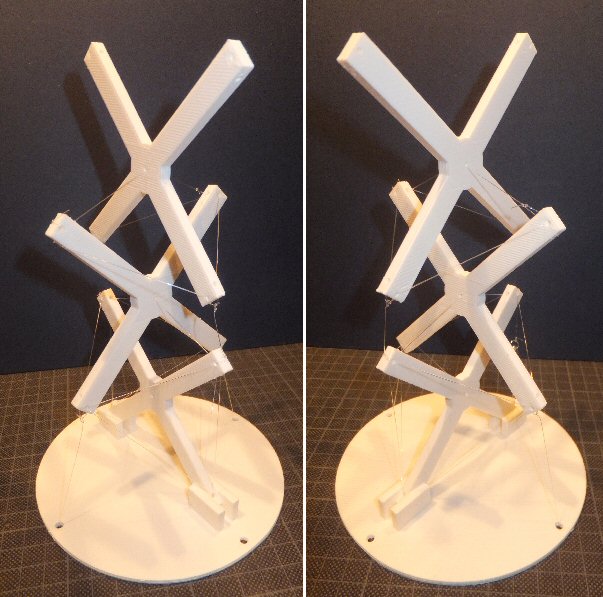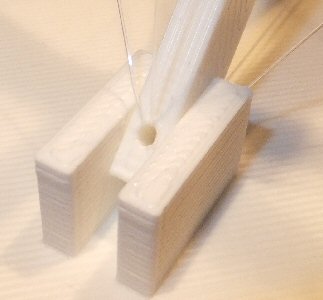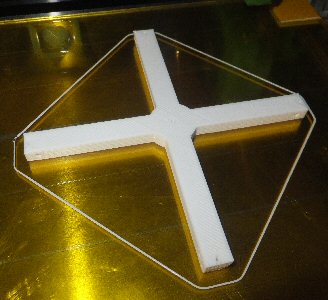Simple Tensegrity Tower

A simple three-X tensegrity tower made from 3D printed parts

|
Wiki tensegrity |
Snelson's 1948 two X module Snelson's site |
base .stl file base .g file base .scad file |
X-piece .stl file X-piece .g file X-piece .scad file |
5 X tower |
back to 3D page |


THE CREATIVE SCIENCE CENTRE
home | diary | whats on | CSC summary | latest news